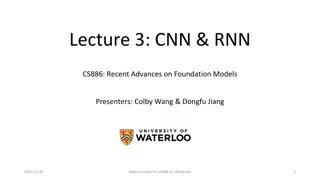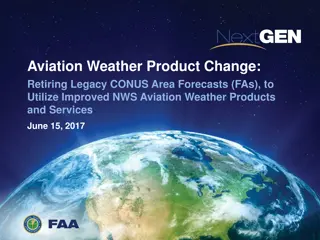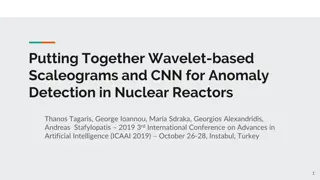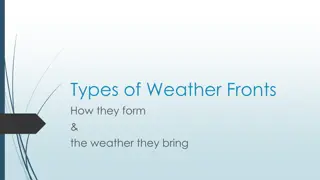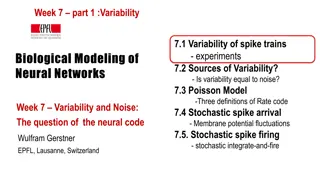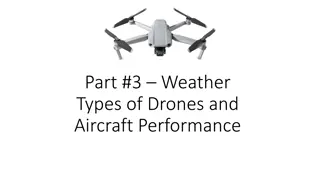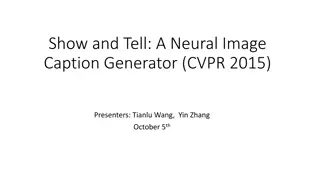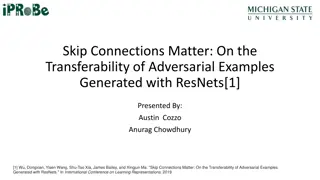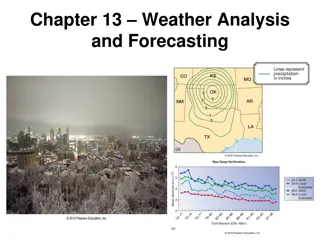Enhancing Weather Forecasts Using Neural Networks and CNN Model
Statistical post-processing techniques with artificial neural networks and convolutional neural networks (CNN) offer improved accuracy in weather forecasting. This methodology integrates CNN with AROME model analysis to enhance surface parameter predictions like temperature, humidity, wind speed, and pressure while maintaining model resolution. The integration of CNN shows promise for refining forecasts and expanding lead times for more reliable weather information across various sectors.
Download Presentation

Please find below an Image/Link to download the presentation.
The content on the website is provided AS IS for your information and personal use only. It may not be sold, licensed, or shared on other websites without obtaining consent from the author.If you encounter any issues during the download, it is possible that the publisher has removed the file from their server.
You are allowed to download the files provided on this website for personal or commercial use, subject to the condition that they are used lawfully. All files are the property of their respective owners.
The content on the website is provided AS IS for your information and personal use only. It may not be sold, licensed, or shared on other websites without obtaining consent from the author.
E N D
Presentation Transcript
Introduction The use of statistical post-processing techniques can enhance the quality of weather forecasts .These probabilistic approaches generally outperform conventional procedures based on simply correcting the bias of forecasts from a single model . However, a comprehensive study highlights the application of artificial neural networks in weather forecasting , thus indicating a promising new avenue for improving forecast accuracy. We introduce a methodology that combines the power of convolutional neural networks (CNN) with the analysis provided by the AROME model. Our aim is to refine the accuracy of surface parameters, such as temperature, humidity, wind speed, and mean sea-level atmospheric pressure (MSLP), while preserving the model s resolution through integration of the AROME analysis.
Conclusion and outlook The integration of convolutional neural networks presents a promising frontier for improving the accuracy of weather forecasts. By leveraging the strengths of this approach, we have demonstrated the potential to refine surface parameter predictions while retaining model resolution. In the future, incorporating additional parameters such as altitude-related variables and extending forecast lead times to 48 hours holds great promise for further improving forecast accuracy and reliability. This innovative methodology not only enhances our understanding of atmospheric processes but also provides significant benefits to various sectors that rely on accurate weather information. As we continue to refine and develop these techniques, the future of weather forecasting looks increasingly bright, with broader applications and more accurate forecasts on the horizon.
References [1] Gneiting, T. (2014). 719 Calibration of Medium-Range Weather Forecasts. [2] Medina, H., and Tian, D. (2020). Comparison of probabilistic post-processing approaches for improving numerical weather prediction-based daily and weekly reference evapotranspiration forecasts.Hydrology And Earth System Sciences, 24(2), 1011-1030. [3] Shrivastava, G., Karmakar, S., Kowar, M. K., and Guhathakurta, P. (2012). Application of Artificial Neural Networks in Weather Forecasting : A Comprehensive Literature Review. International Journal Of Computer Applications, 51(18), 17-29.




